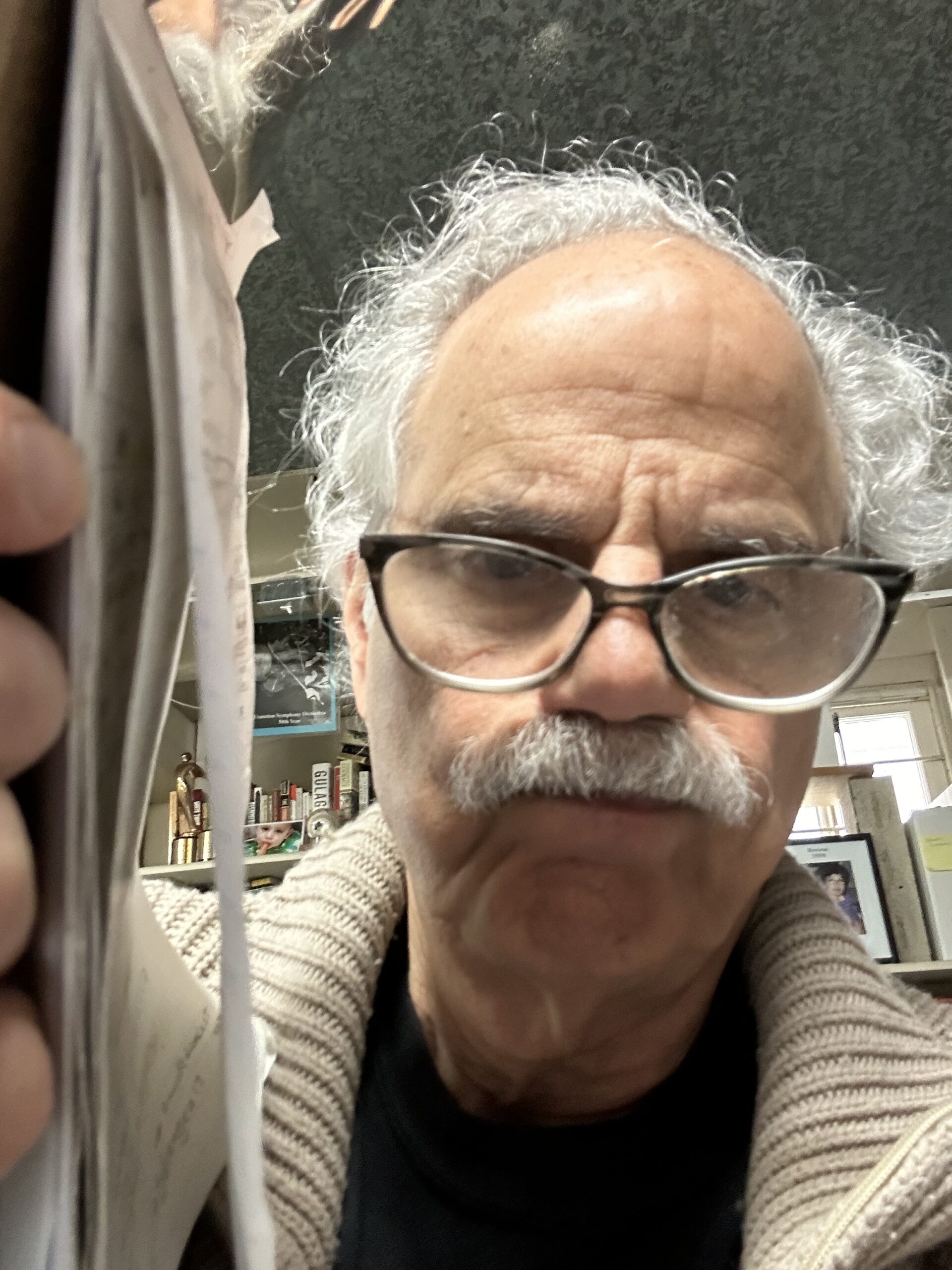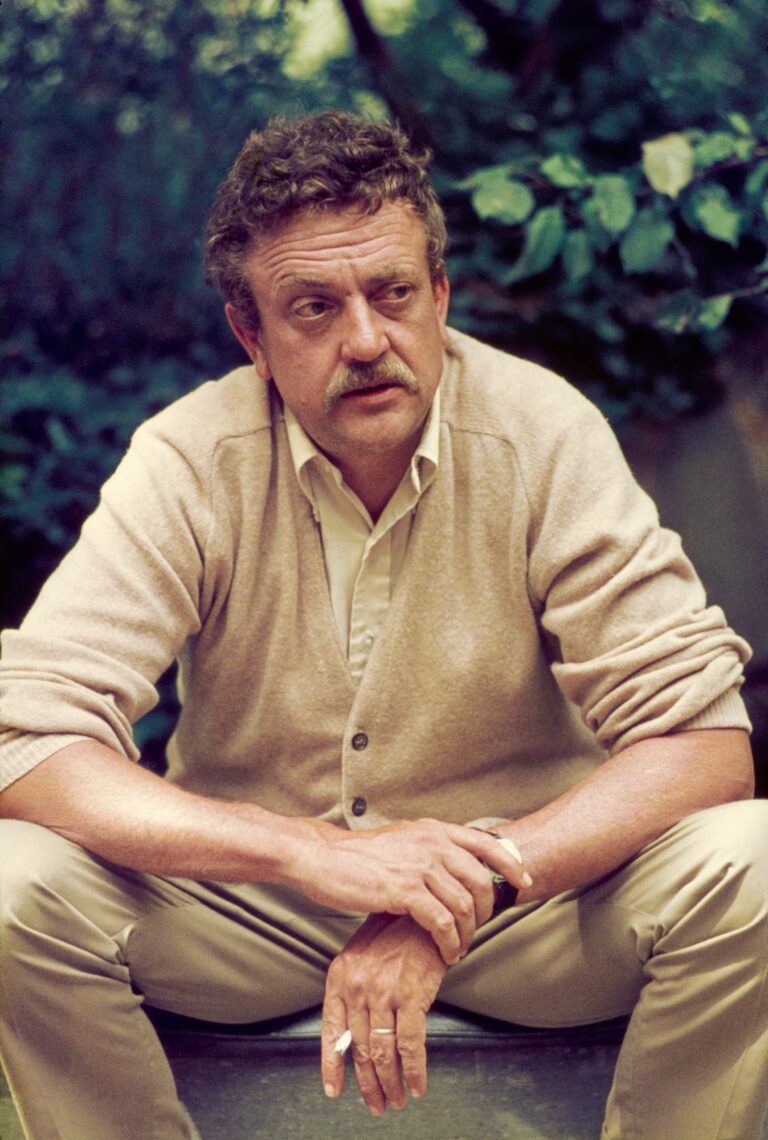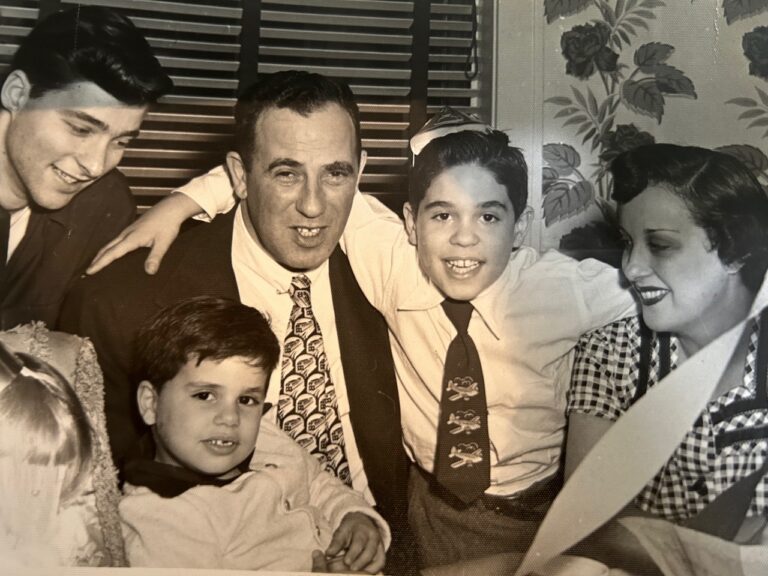Evanston RoundTable, Sept. 13, 2022
Baby Boomers were handed America on a silver platter. By the end of the Sixties it was gone.
Appalled by the chaos I had seen on TV Wednesday night, Aug. 28 1968 – the violence and frenzy and hatred at the Democratic National Convention headquarters between police and Vietnam War protesters – I decided to check it out myself the next night, the last night of the convention. I arrived around 8 p.m. at the Conrad Hilton, site of the action, and mingled with the crowd. I even managed to buttonhole Abbie Hoffman, one of the protest ringleaders. We had a brief conversation. It went something like this:
Me: Hey Abbie! What’s going on?
Abbie: The [unpublishable adjective] pigs aren’t going to let us march!
Me: Oh.
At that point Abbie slipped away to do his thing (as we used to say) and a National Guardsman sidled up to me and lifted his visor. Turns out he was someone I had gone to college with years earlier. We chatted amiably for a few minutes before he said suddenly, as if receiving some invisible signal from outer space, “Gotta go now. Good luck,” dropped his visor and headed off.
Soon there was an announcement. We would be allowed to march to the Amphitheater after all to protest outside the convention hall. Huzzah!
Someone standing next to me pointed out this was ominous timing, however, coming right after the evening news broadcast had ended. If there was going to be violence, he said, this would be the time. I was doubtful. The night had been peaceful; spirits were buoyant. We slowly started to make our way south along the prescribed route on Michigan Avenue. It was a fine night and the crowd seemed to be in a festive mood.
As I wrote in a recollection of that tumultuous week, titled There’s a Riot Goin’ On, “…we had proceeded only a few blocks south, when we got to 9th Street. Forward motion accordioned to a halt. A few hundred feet ahead, arrayed like alien monsters in a sci-fi flick, were armored National Guard Jeeps seven or eight across and equipped with heavy metal frames strung tight with barbed wire. Slowly the Jeeps began to move in on us. Turning around, I saw half a dozen similarly equipped Jeeps close in from the north. It was a trap, a classic pincer movement. Someone shouted ‘Tear gas!’ and people stampeded in panic. I took off down an alley, escaping safely west to the next block. From there I walked back downtown, toward Grant Park. Others were streaming back too, but no one seemed hurt. After that, most people began to drift off, and so did I.
“If I have any predominant memory of the evening, it was just this: God, what fun!”
Fun? Looking back on it from a distance of more than half a century, I’d say it was a glimpse of the apocalypse.
We thought we were smart. We were clever and smug. Our generation, the Baby Boomers, had ended the Vietnam War, kicked Nixon out of office and helped advance the civil rights movement and the feminist agenda. We were cool, we were progressive, we would change the world.
Only it didn’t quite work out the way we had hoped.
What we inherited at the beginning of the decade was without a doubt the strongest, most stable and secure nation ever.
Consider (part of which I wrote in a column March 9):
–– U.S. Gross Domestic Product in 1960 was almost 45% higher than the second-wealthiest country, according to the World Bank. The U.S. share of the global economy was 40%, its all-time high. (Source: visualcapitalist.com)
––The cost of necessities was modest, even accounting for inflation. In 1957 a CTA bus or train ride was 25 cents. The average price for a house was $9,000; for a new car, $3,000. Gas was 23 cents a gallon. Postage stamps cost three cents. Education was cheap. In the mid-1960s I paid $97 a quarter at the University of Illinois. The City College of New York was free. (The Daily Northwestern reported April 28 that NU’s cost of attendance was expected to surpass $80,000 this school year.)
––Numbers tell only a part of the story; appearance tells another. My mother-in-law donned dress gloves to go to the store. At work, shopping, concerts, even sporting events, men mostly wore white cotton shirts, neckties or bow ties, wing tips or loafers, fedoras or homburgs; women wore swing or circle dresses, sheer or seamed hosiery, pumps or oxford shoes, collar or choker necklaces. Girdles, even. Sneakers were reserved for the tennis court.
––The percentage of U.S. workers belonging to a union peaked in 1954 at almost 35%. (Wikipedia)
––Between 1945 and 1960, the gross national product more than doubled, growing from $200 billion to more than $500 billion, kicking off “the Golden Age of American Capitalism.” (History.com)
–– The economy overall grew by 37% during the 1950s and unemployment remained low, about 4.5%. At the end of the decade, the median American family had 30% more purchasing power than at the beginning. Inflation was minimal, in part because of Eisenhower’s efforts to balance the federal budget. The GI Bill gave veterans an affordable college education, providing a pool of highly educated employees to the work force. Cheap oil from U.S. wells fueled industry while advances in science and technology improved productivity. (Exploros)
––In the arts, the Fifties produced arguably the greatest artistic expression of all times, the classic Broadway musical, the perfect synthesis of high art and popular culture. I loved the music of the Sixties (Cream! Hendrix! The Beatles!), but nothing came close to Guys and Dolls, West Side Story and the sublime My Fair Lady.
By the end of the Sixties we had managed to squander that legacy, thrown it away through violence and thoughtlessness. Our intentions were good, the results weren’t. From Woodstock we got Altamont; from Humphrey we got Nixon, who produced four more years of war and thousands more body bags.
Of course, this is a highly tendentious and provocative perspective. The Fifties were loaded with problems: racism, sexism, male chauvinism and much more. And the Sixties were in many ways wonderful. (Cream! Hendrix! The Beatles!)
But all in all, it’s clear the legacy we are leaving our children and grandchildren is grim. Is it the Boomers’ fault? Not exactly. But if we could’ve seen the future, we might have acted differently.




Wonderful article as usual Lester. I don’t think we blew it at least not completely. I think the problem, as Howard Stern has so succinctly stated on any number of occasions, is that we are surrounded with many idiots. People who either don’t think well or have been brainwashed or maybe they just kind of stupid. I know these comments are politically incorrect but I really don’t care. I’m an agnostic, but God help us from the morons.